The Flip-a-Chip activity provides hands-on practice with affixes and roots, and also promotes comprehension through structural analysis and vocabulary in context.
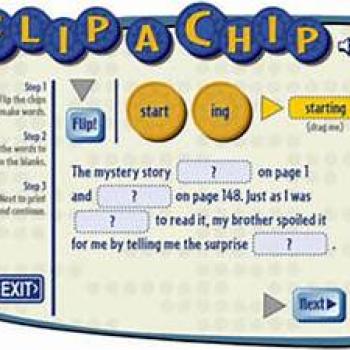
Flip-a-Chip
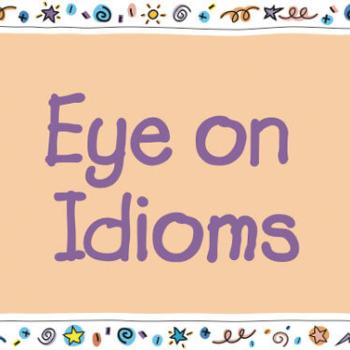
Grades
|
Eye on Idioms
3 - 5
Student Interactive
| Learning About Language
The activity includes a series of exercises, in which students view the literal representations of idioms and then examine the metaphorical meanings of the idioms.
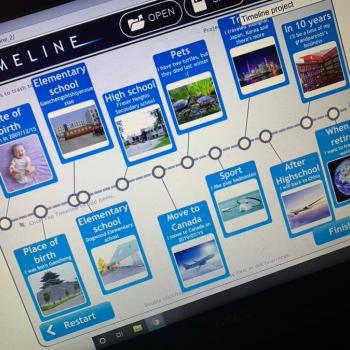
Grades
|
Timeline
K - 12
Student Interactive
| Organizing & Summarizing
Students generate descriptive timelines and can include images in the description.

Grades
|
Letter Generator
K - 12
Student Interactive
| Writing & Publishing Prose
The Letter Generator is a useful tool for students to learn the parts of a business or friendly letter and then compose and print letters for both styles of correspondence.
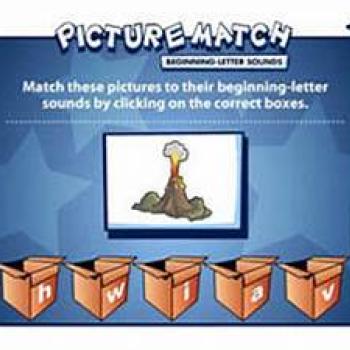
Grades
|
Picture Match
K - 2
Student Interactive
| Learning About Language
Picture Match is a matching game that reinforces the concept of beginning-letter and short- and long-vowel sounds.
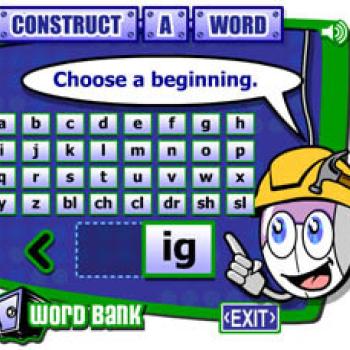
Grades
|
Construct-a-Word
K - 2
Student Interactive
| Learning About Language
Using Construct-a-Word, students learn letter-sound correspondence by combining a beginning letter or blend to a word ending to create words.

Grades
|
Facilitating Participation with Silent Conversations
Grades
5 - 12
Strategy Guide
This guide introduces silent conversations, a collaborative learning technique that has students
thinking, sharing, and reflecting about important questions—but through writing rather than talk.

Grades
|
Conducting Inner-Outer Circle Discussions
Grades
6 - 12
Strategy Guide
This guide shares the steps to take to get more students talking by dividing the group into speaking and non-speaking circles.
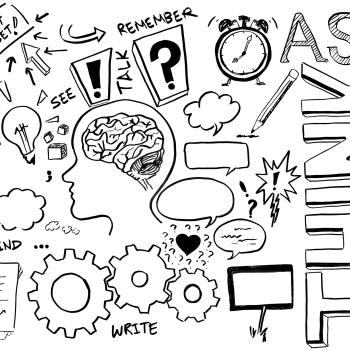
Grades
|
The Art of the Doodle: Writing with Imagination
Grades
5 - 12
Strategy Guide
Use independent, imaginative artwork and varied writing prompts to assess understanding of a given topic for a student body with differentiated needs.

Grades
|
Using Concept Circles to Develop Academic Vocabulary
Grades
3 - 12
Strategy Guide
In this guide, you will learn how to use the Concept Circles strategy to support vocabulary development and comprehension of complex text.

Grades
|
Using Word Walls to Develop and Maintain Academic Vocabulary
Grades
K - 12
Strategy Guide
In this guide, you will learn how to use Word Walls to support vocabulary development and retention.

Grades
|
Using Disciplinary Facets to Deepen Academic Vocabulary Knowledge
Grades
4 - 12
Strategy Guide
In this guide, you will learn how to use the disciplinary facets strategy to support vocabulary development across contexts and academic disciplines.

Grades
|
Using Generative Sentences to Apply Academic Vocabulary
Grades
4 - 12
Strategy Guide
In this guide, you will learn how to use generative sentences to give students opportunities to apply their knowledge of new words in writing.

Grades
|
ICED: The Key to Elaboration
Grades
9 - 12
Strategy Guide
Most students struggle when adding detail to their body paragraphs. This guide serves as a means of instruction and provides models for the students to master development.

Grades
|
Consensus Decision Making
Grades
7 - 12
Strategy Guide
This strategy guide introduces Consensus Decision Making, a method for facilitating and engaging students in a critical discussion of the central ideas of a text.

Grades
|
Developing Evidence-Based Arguments from Texts
Grades
6 - 12
Strategy Guide
This strategy guide clarifies the difference between persuasion and argumentation, stressing the connection between close reading of text to gather evidence and formation of a strong argumentative claim about text.

Grades
|
Depend on the Text! How to Create Text-Dependent Questions
Grades
1 - 3
Strategy Guide
Teachers need to create text-dependent questions to elicit close reading. When answering these questions, students learn to reread and think deeply about the text.

Grades
|
Promote Deep Thinking! How to Choose a Complex Text
Grades
1 - 3
Strategy Guide
Complex texts promote deep thinking and critical analysis by students. Through close reading of a complex text, students' independent reading abilities also increase.

Grades
|
Close Reading of Literary Texts
Grades
6 - 12
Strategy Guide
This guide provides strategies for choosing text that is appropriate for close reading and to plan for instruction.

Grades
|
Reading on the Go
Grades
5 - 12
Strategy Guide
In this Strategy Guide, learn how to prepare yourself and your students for reading and note-taking in mobile environments.